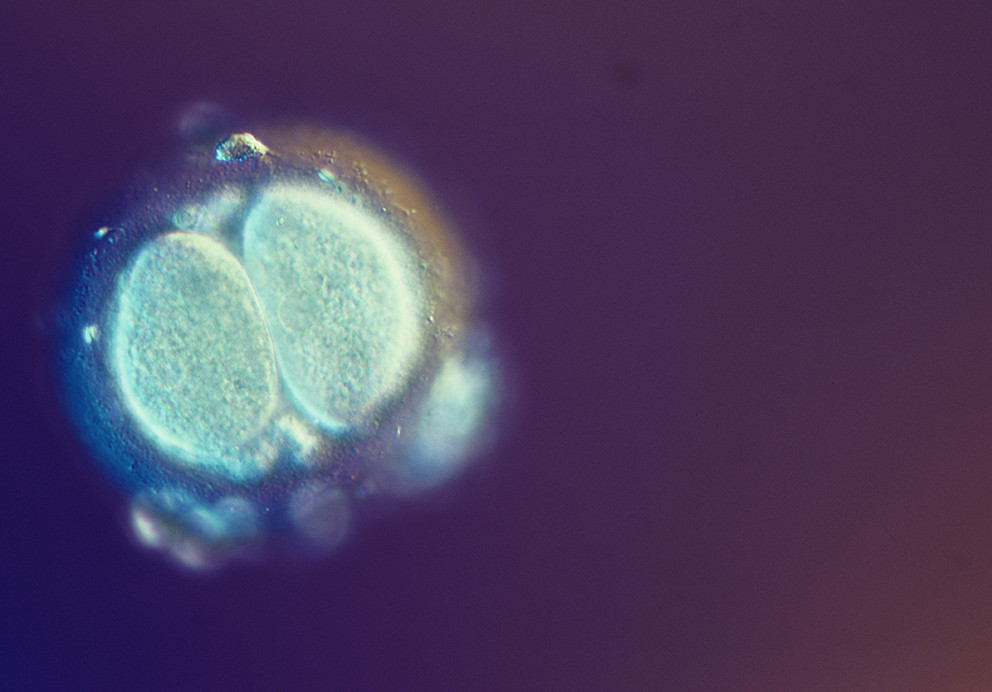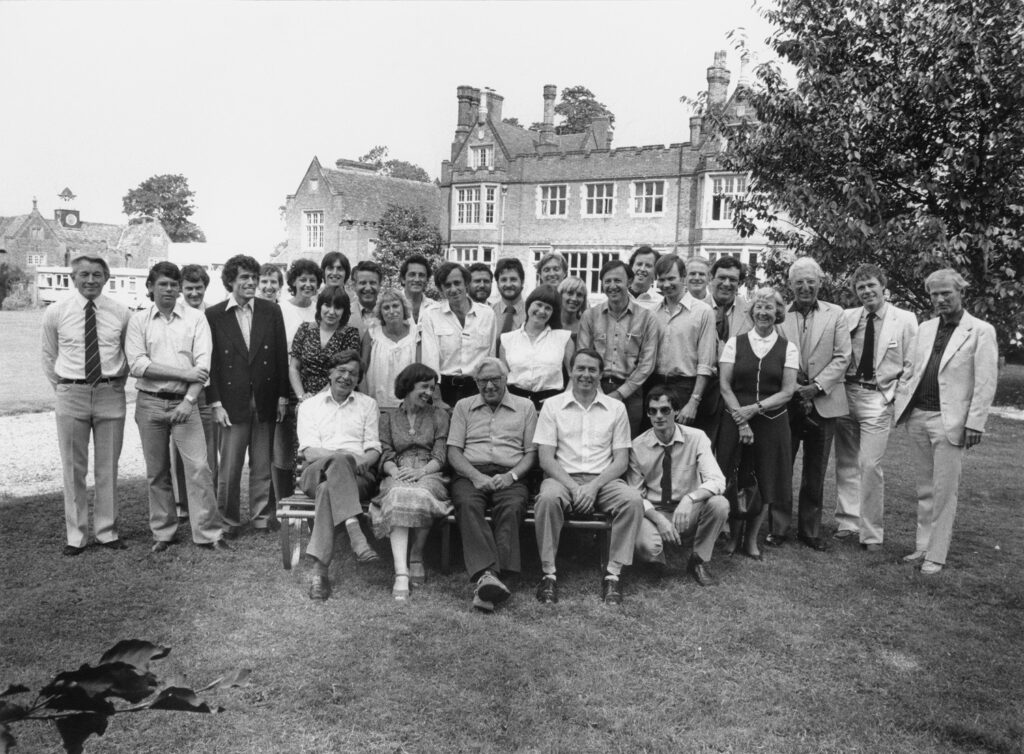Sagan om livet
The TV documentary, which took four years to complete, was produced by Bo G. Erikson, Carl O. Löfman, and Lennart Nilsson, with cinematography by Lennart Nilsson.

The most difficult sequence to film was the actual division of the egg. It was started in Stockholm in 1978 and finally filmed in Gothenburg in 1981. It required a combination of patience and luck.
Bo G Erikson
Lennart Nilsson’s photographic narratives about life before birth have reached millions of people worldwide through reports, books, and films, establishing him as one of the most significant photographers of our time.
Sagan om livet (The Miracle of Life) tells the story of how a human being is created, from fertilization to birth. The documentary, which took four years to make, includes a sequence capturing the first division of the egg cell—the very first step toward a new human life. The TV production received two Emmy Awards.

At the first IVF conference, held at Bourn Hall Clinic in September 1981, Lennart Nilsson and Lars Hamberger presented the sequence of the first cell division. Lennart discussed filming the cell division in the magazine Svenska Journalen (1993):
“Absolutely amazing, it was as if time had stood still. But the images weren’t particularly good—they were blurry, out of focus. I got much better pictures of the cell division a few years later. By then, they were razor-sharp. Of course, technological advancements make a difference. The conditions for achieving a good result keep improving. But what’s truly important is knowing what you want.”